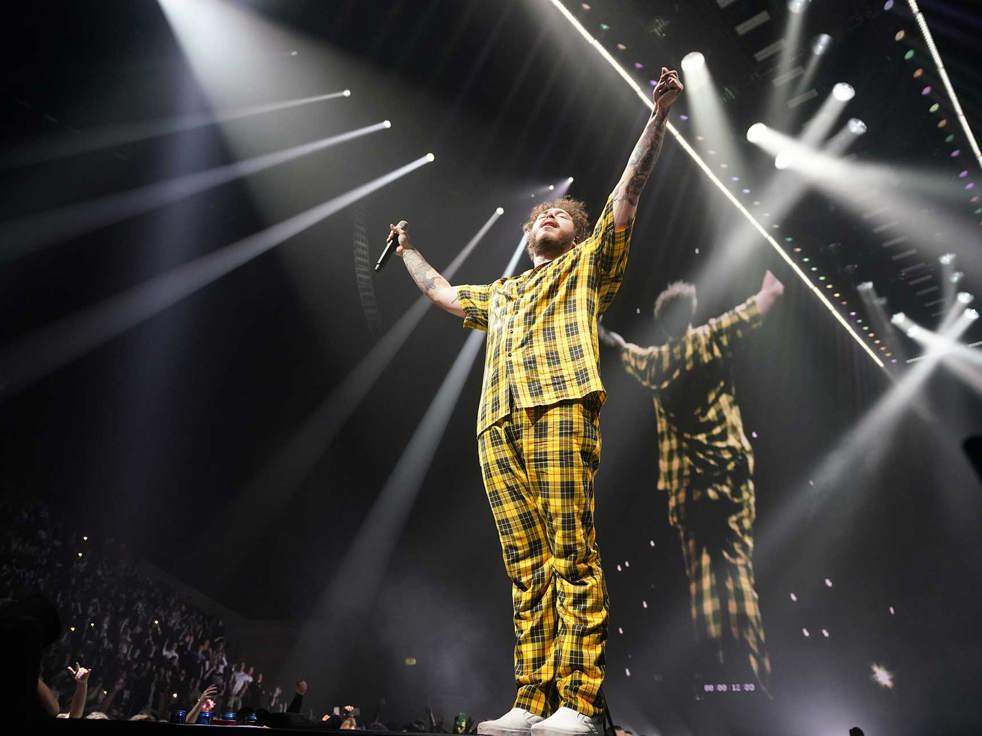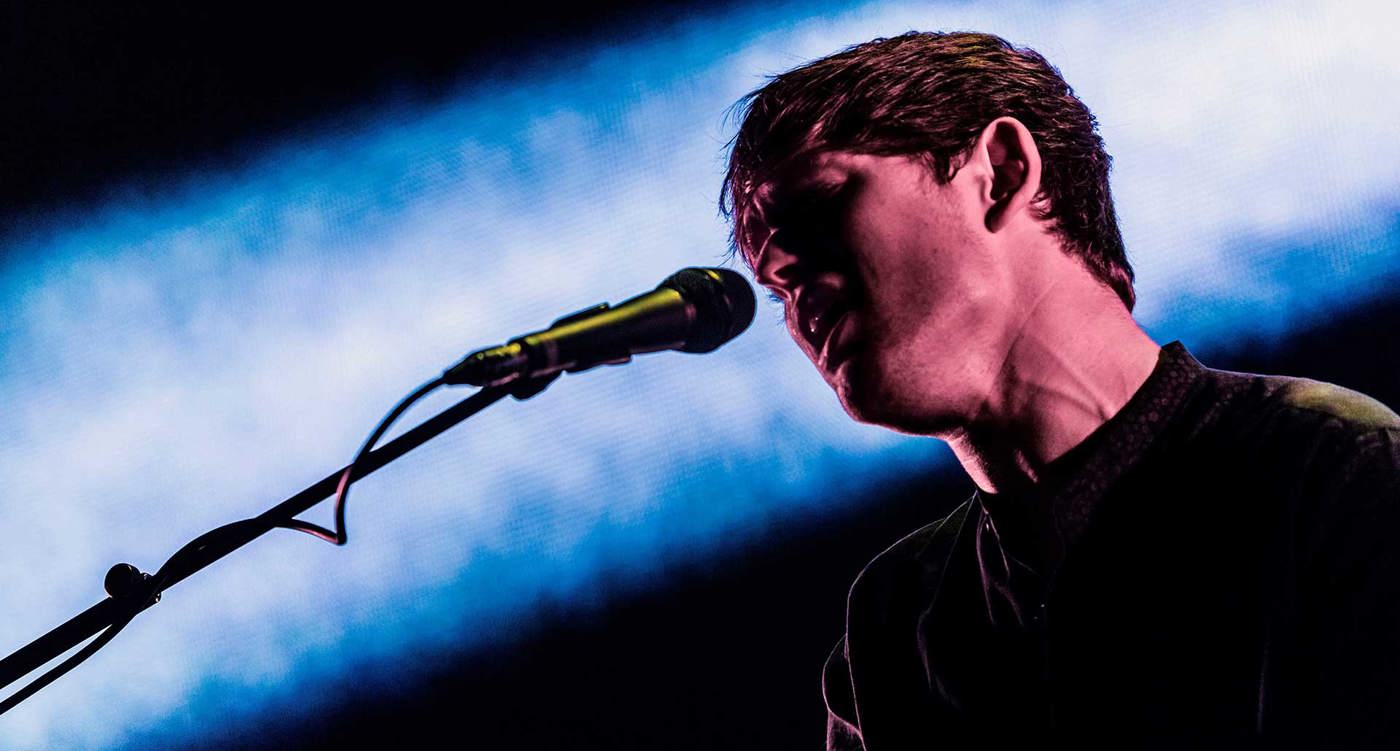Both of these basic needs require space in and on the unit, so companies must ensure that the shape of the vocal handneld microphone is ergonomically-designed for the average hand. For most efficient wind- and pop-suppression, the furthest distance of the internal diaphragm from the mouth as possible is ideal, which requires a certain grill size. At the same time, the overall size of the stage vocal microphone must be bigger than a small diaphragm condenser recording microphones and smaller than a large diaphragm cylinder “bird cage” studio microphone. For the performer, it should also appear to be large enough to “hide” behind (like having an instrument), but also small enough to provide a view that enables them to move around the stage and the audience to see them.
Our products
-
MicrophonesSee all microphones
-
Mic accessoriesSee all accessories
-
Wireless
Mic University
-
SubjectsAll articles
-
Knowledge Archives
Our Company
-
Updates
-
Connect
-
About us




